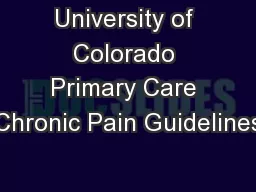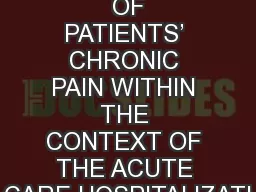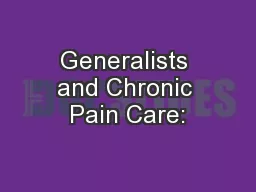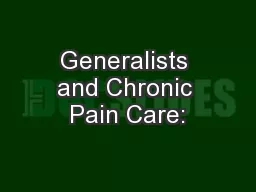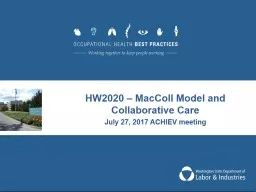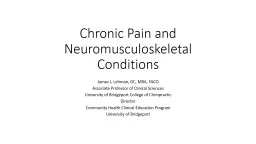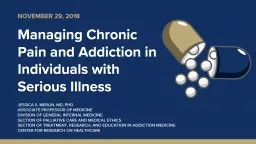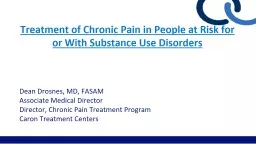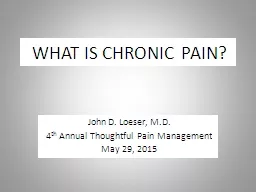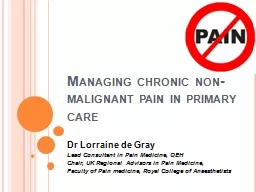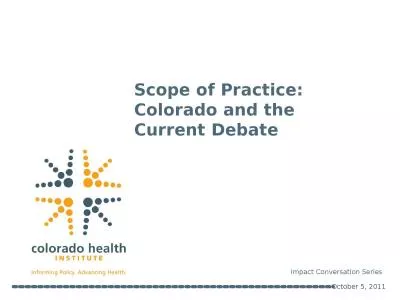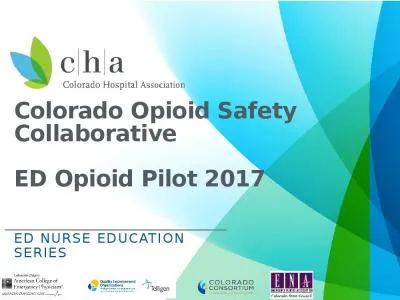PPT-University of Colorado Primary Care Chronic Pain Guidelines
Author : calandra-battersby | Published Date : 2017-03-25
The 10 Principles of Chronic Pain Management Part 1 Managing chronic pain is hard Highly prevalent Incomplete e xplanatory models Patient experience of pain
Presentation Embed Code
Download Presentation
Download Presentation The PPT/PDF document "University of Colorado Primary Care Chro..." is the property of its rightful owner. Permission is granted to download and print the materials on this website for personal, non-commercial use only, and to display it on your personal computer provided you do not modify the materials and that you retain all copyright notices contained in the materials. By downloading content from our website, you accept the terms of this agreement.
University of Colorado Primary Care Chronic Pain Guidelines: Transcript
Download Rules Of Document
"University of Colorado Primary Care Chronic Pain Guidelines"The content belongs to its owner. You may download and print it for personal use, without modification, and keep all copyright notices. By downloading, you agree to these terms.
Related Documents

